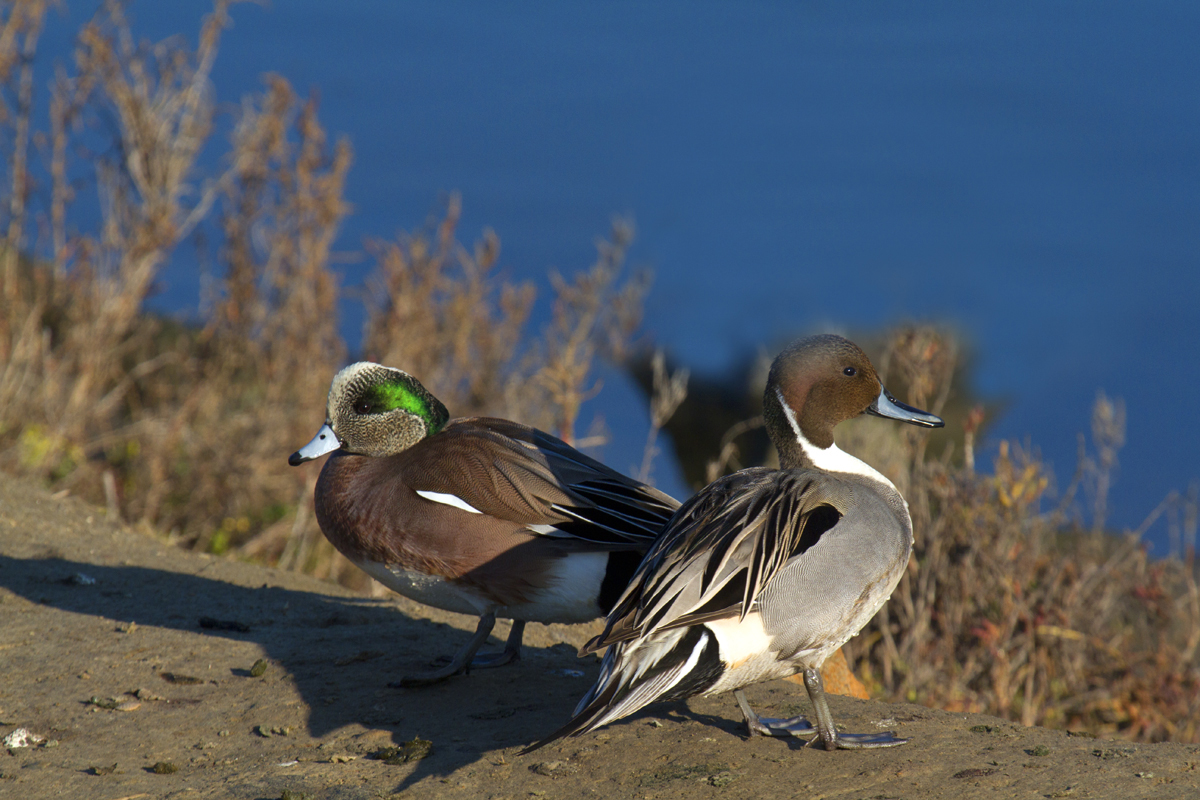
When the Delta Stewardship Council amended its Delta Plan and established a goal of restoring 60,000 to 80,000 acres of wetland above a 2007 baseline by 2050, it raised some fundamental questions: How much of that goal has already been met, and where? A recent study, presented at the Delta Plan Interagency Implementation Committee Restoration Subcommittee’s first-ever Delta Restoration Forum in February, provides some answers.
The amendments to Chapter Four of the Delta Plan, which focuses on protecting, restoring, and enhancing the Delta ecosystem, synthesized 14 existing agency reports and other documents in establishing the 2050 targets, which are deemed necessary to achieve the larger goal of restoring a functioning ecosystem by the end of this century. However, “there wasn’t an up-to-date accounting of how much restoration had been completed,” says the Delta Stewardship Council’s Dylan Chapple, who presented the findings of the draft ecosystem restoration progress report at the forum. “Our work is the first time that those numbers are being compiled across different projects and programs and then using it to assess how far along we are towards those policy goals.”
This latest report defines “restoration” as projects that result in a net gain of habitat. “It has to have quantifiable acreage,” says Chapple. Invasive species control, preservation and conservation projects, and the like are not included.
According to the findings of Chapple’s team, tidal wetlands have seen by far the most restoration gains, with roughly 9,650 acres completed or in progress since 2007, and an additional 4,737 acres planned, out of a 32,500-acre target. Riparian and floodplain restoration has the furthest to go, with just 1,677 acres of the 16,300-acre target met, and an additional 856 acres planned.
“There will certainly be challenges with the achievement of these targets,” says Chapple, citing land-use conflicts as one of the reasons restoration in the Delta has been slower than in the lower Estuary. Elevation is another big issue, “especially with our tidal wetland restoration goals. There’s a finite amount of land that is at appropriate intertidal elevation to create tidal wetland habitat.”
Nevertheless, says Chapple, the pace of restoration in the Delta has accelerated in the last five years. “It’s a really exciting time to be working on restoration in the Delta, because a lot of large-scale projects that have in some cases been planned since the late ‘90s are finally reaching completion through the hard work of hundreds of people over the years who have given their blood, sweat, and tears to making these really challenging projects happen,” he says, pointing to Dutch Slough as an example. However, he also notes that climate change and sea-level rise mean there is no time to waste.
Another finding of the study points to potential challenges going forward. The largest single driver of restoration has been mitigation required by Biological Opinions for Delta smelt and salmon under the 2010 Fish Restoration Program Agreement between the California Department of Fish and Wildlife and the Department of Water Resources, which called for the restoration of 8,000 acres of intertidal and subtotal habitat. “This this has been effective in the near term, but looking ahead, it’s unclear what more mitigation will be required,” says Chapple.
Chapple believes that events such as the Delta Restoration Forum will be critical to achieving the Delta Plan’s targets. The forum brought together more than 100 scientists, planners, and stakeholders to discuss programs, projects, and funding opportunities. “I can’t overstate the importance of bringing people together for these complex projects because communication and coordination are so key, and there are so many great people that are really dedicated to this process.” Chapple says the Interagency Implementation Committee hopes to hold similar forums about twice a year. “A lot of what we see as the next steps from this review effort is just providing the space to strategize around the longer-term achievement of these goals.”
Top Photo: Ducks. Photo: Rick Lewis